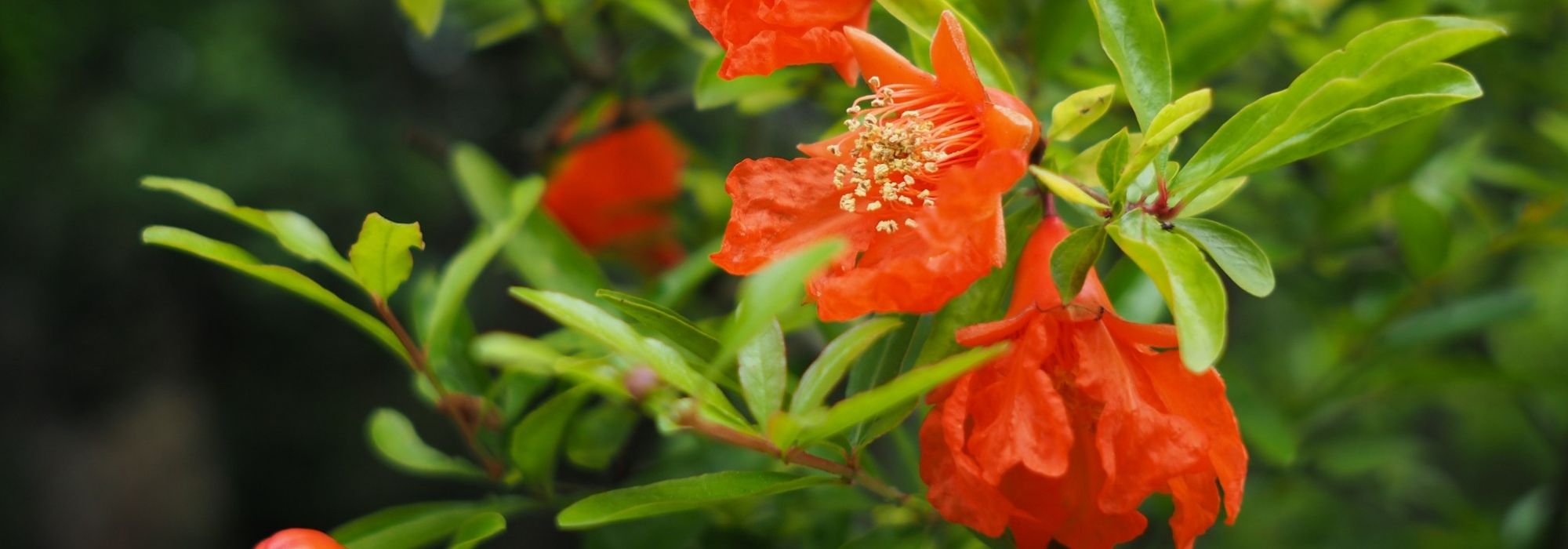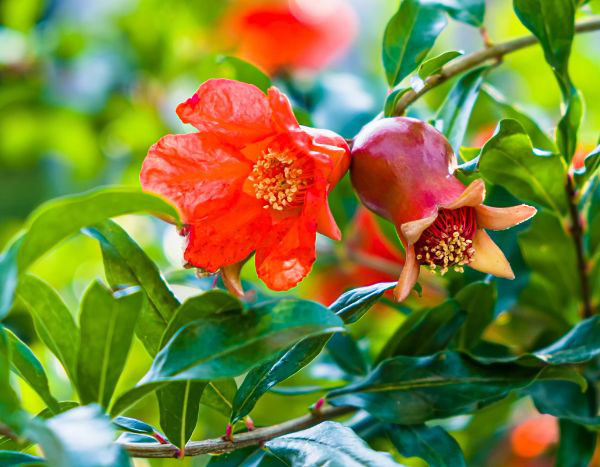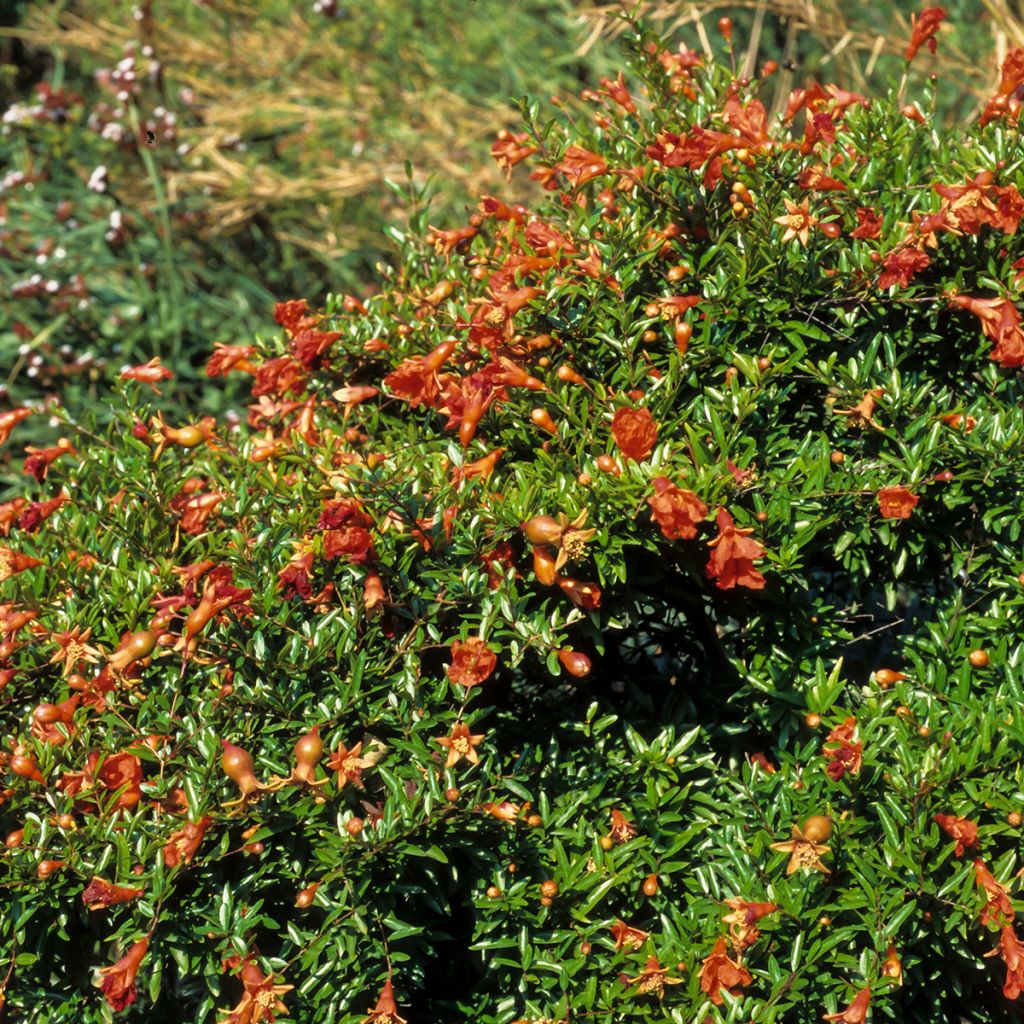

Punica granatum Chico - Pomegranate
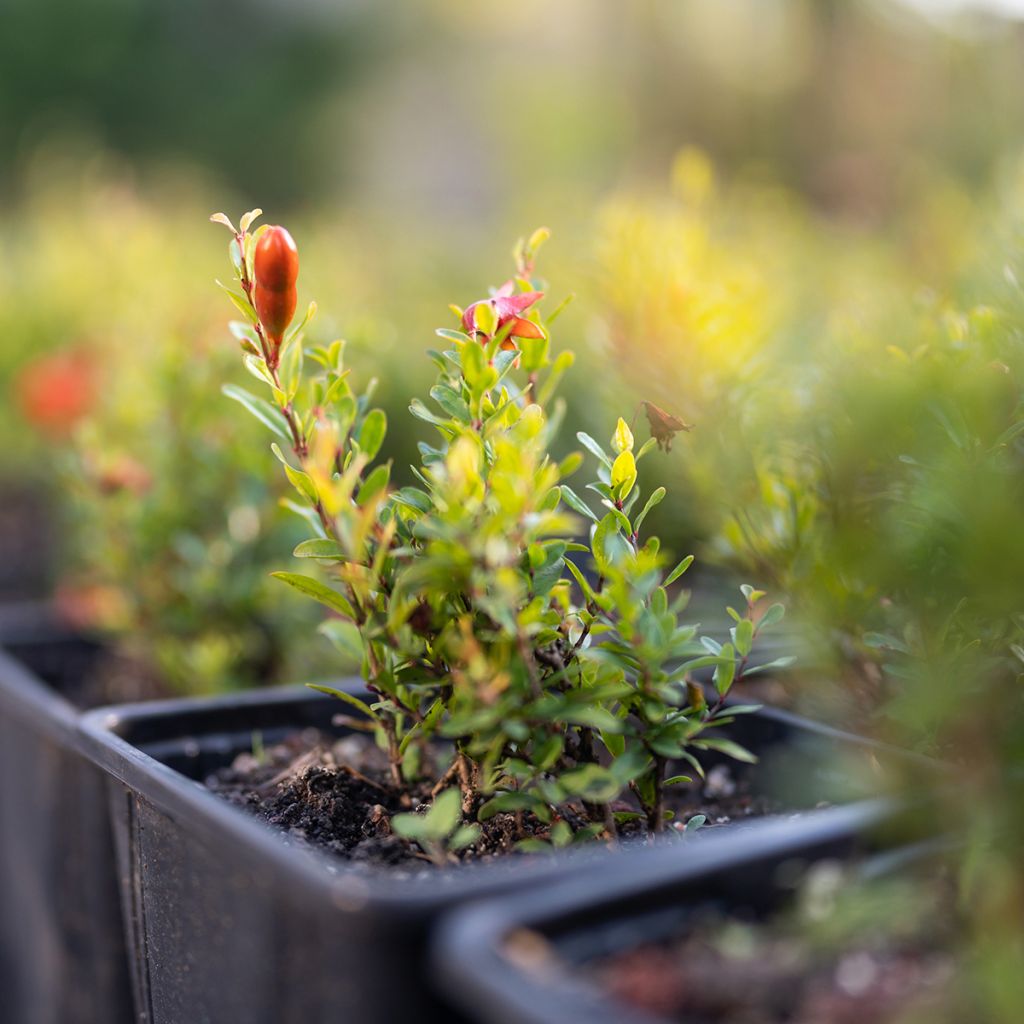

Punica granatum Chico - Pomegranate
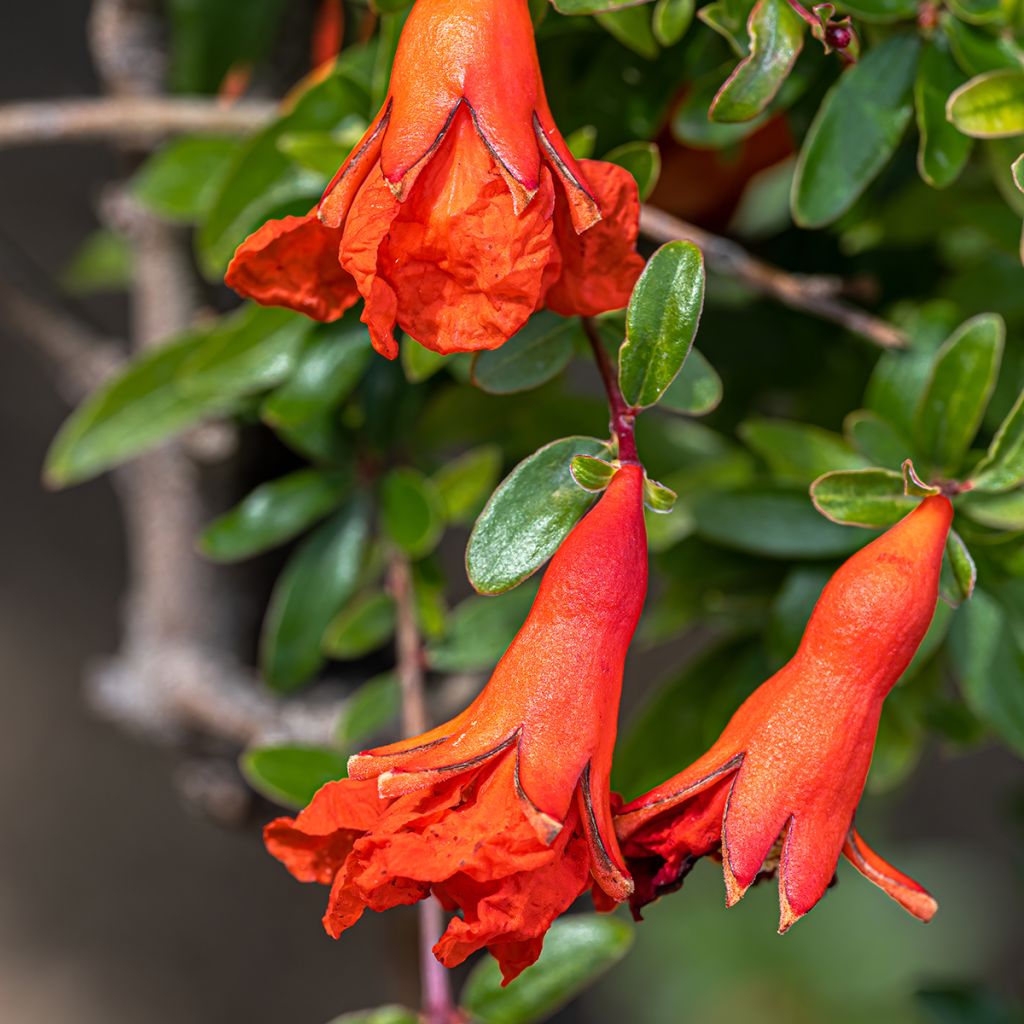

Punica granatum Chico - Pomegranate
Punica granatum Chico - Pomegranate
Punica granatum Chico
Pomegranate
Well-packaged bush, received and planted in a pot in autumn. The vegetation is starting to grow.
Ada, 22/03/2025
Special offer!
Receive a €20 voucher for any order over €90 (excluding delivery costs, credit notes, and plastic-free options)!
1- Add your favorite plants to your cart.
2- Once you have reached €90, confirm your order (you can even choose the delivery date!).
3- As soon as your order is shipped, you will receive an email containing your voucher code, valid for 3 months (90 days).
Your voucher is unique and can only be used once, for any order with a minimum value of €20, excluding delivery costs.
Can be combined with other current offers, non-divisible and non-refundable.
Home or relay delivery (depending on size and destination)
Schedule delivery date,
and select date in basket
This plant carries a 6 months recovery warranty
More information
We guarantee the quality of our plants for a full growing cycle, and will replace at our expense any plant that fails to recover under normal climatic and planting conditions.

Description
Punica granatum 'Chico' or 'Nana Gracillissima' has all the features of a pomegranate tree, but in miniature. By combining incredible flowering and surprising fruiting, it shines throughout the summer. From June to September, the long flowering period constantly produces beautiful, vibrant orange flowers with crumpled petals perfectly highlighted by dark green, glossy, and leathery foliage. The numerous, round fruits measuring 3 to 6 cm (1.2 to 2.4 in) in diameter, with thick and shiny skin, ripen to a deep red colour and are crowned with inward-curled petal-like appendices at the tip. Edible but rather acidic, it is preferable to consume them in salads rather than as fresh fruit. With its small size, this pomegranate tree is well suited for small spaces. It tolerates sea spray and wind, making it ideal for coastal gardens. It is best planted in spring when the climate warms up, in any deep and well-draining soil, even relatively dry.
Punica granatum, commonly known as Pomegranate or Balaustier, Carthaginian Apple, Punic Apple, or Pomegranate, is a deciduous small tree belonging to the Lythraceae family (previously included in the Punicaceae family). Born in Persia more than 5000 years ago, the pomegranate tree can be found throughout history in Egypt, Greece, Africa, and later in Spain. It is cultivated from Asia to Europe. The city of Granada, a crossroads of Arab and Andalusian civilizations located in southern Spain, owes its name to the presence of the pomegranate tree, brought by the Moors and widely planted in the mythical gardens of the Alhambra palace. This tree also adorned the Hanging Gardens of Babylon, and the Romans discovered it in Carthage, naming it the Apple of Carthage. It is a species with a long lifespan, capable of living up to 200 years.
The variety 'Chico' or 'Nana Gracillissima' has somewhat uncertain origins, and it can be found in many countries around the Mediterranean. This small deciduous very compact shrub offers abundant and regular flowering and fruiting. Its dense and branched habit is similar in all respects to its cousin, but it does not exceed 80 cm (31.5 in) in height and spread at maturity. 'Chico' first forms a tuft of thorny and tangled branches with fairly rapid growth until maturity, which does not occur until the age of 5. The adult plant develops at a much slower pace, forming a slightly spreading and rounded bush after a few years. Its deciduous foliage is composed of small ovate leaves, 2 to 4 cm (0.8 to 1.6 in) long and 0.5 to 1 cm (0.2 to 0.4 in) wide, glossy and bright green. They emerge bronze to purple in spring and turn beautiful autumnal shades of golden yellow to reddish-orange before falling in autumn. The pomegranate tree is monoecious, meaning it bears both male flowers that produce pollen and female flowers that will bear fruit. Attractive to pollinating insects, the flowering period lasts from June to September. The flowers are approximately 3 cm (1.2 in) in diameter and have a very double pom-pom shape. They are composed of crumpled, vibrant orange petals, emerging from a thick waxy calyx that already evokes the future pomegranate. Flowers and fruits are simultaneously present on the plant. It is a variety known for its good resistance to cold, tolerating temperatures around -15°C (5 °F). The pomegranate tree is self-fertile, with male and female flowers able to pollinate each other, so it does not need a companion to bear fruit.
In the category of Pomegranate trees, 'Chico' stands out for its small size and intense flowering, which can bring animation throughout the summer. Easy to grow and resistant to diseases, it will thrive in all regions in a sheltered position and well-drained soil. However, it still needs warmth and sunshine in summer to flower abundantly. In the garden, it can be used in a low hedge, combined with Myrtle, Cotton Lavender, or Lavender in mild climates, or with Silver Anniversary Butterfly Bush in colder regions. It adds brightness to a rock garden or flower bed, along with sage, Phlomis, Rosemary, Perovskia, Sedum, etc. As in the gardens of the Alhambra, it can even be paired with bush roses (Rosa Ispahan, Rosa gallica versicolor, Jacques Cartier). On the terrace or balcony, it can be placed in a large pot, along with other shrubs for the terrace. This cultivation method allows the tree to be stored in a very bright, warm room in very cold regions.
Punica granatum Chico - Pomegranate in pictures
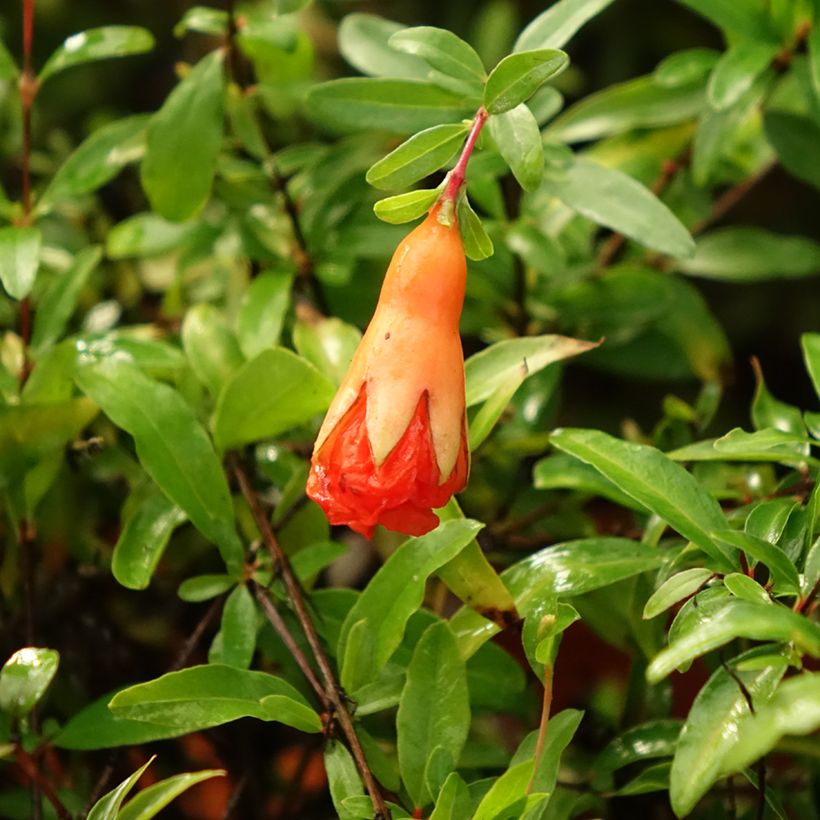

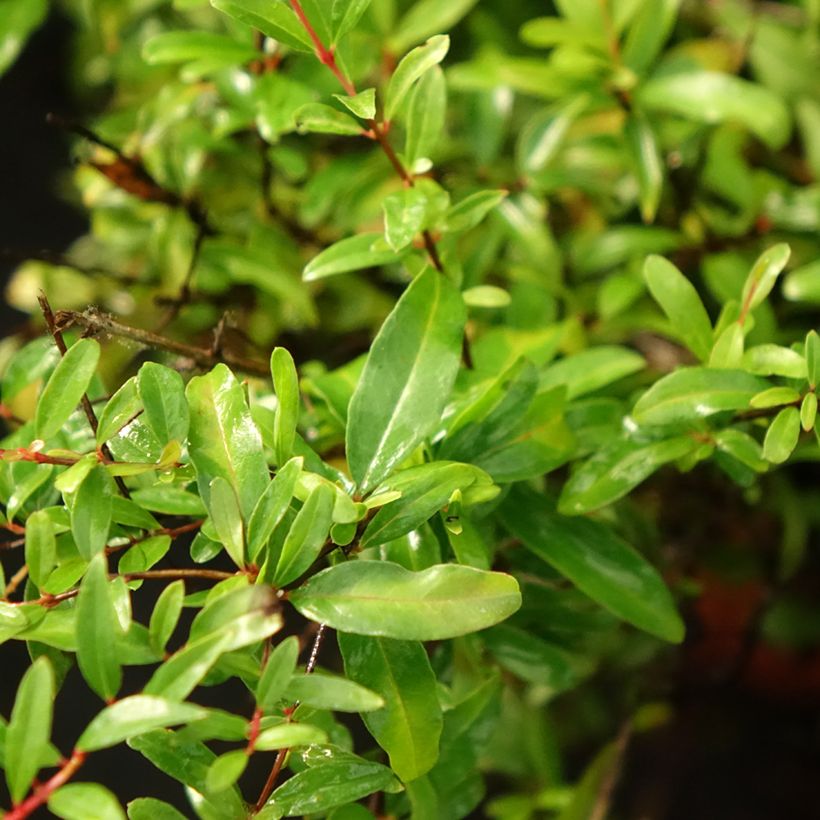

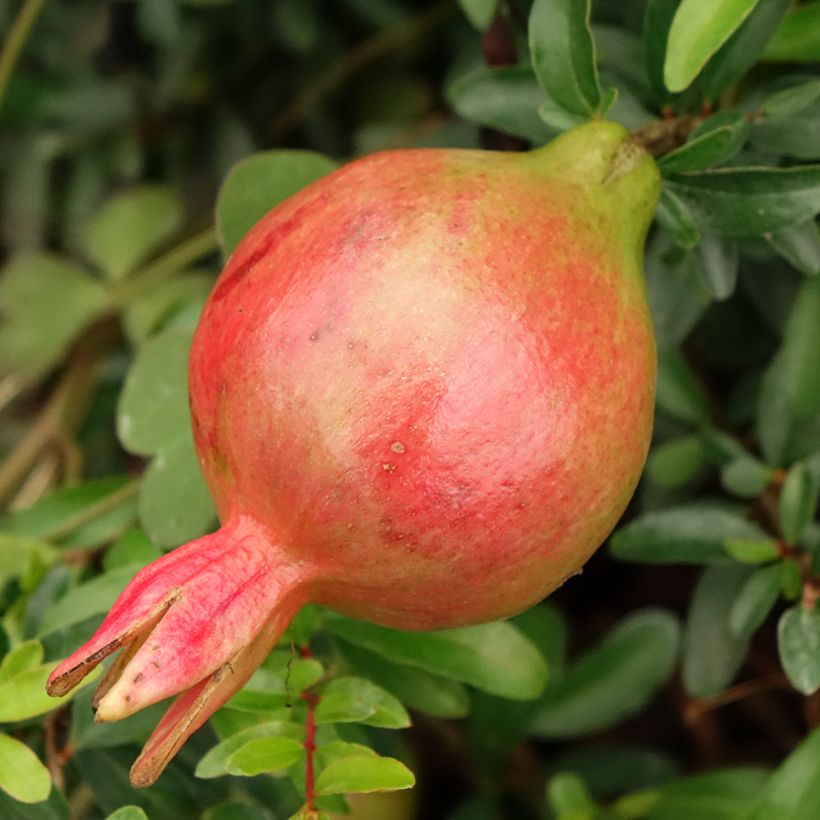

Plant habit
Fruit
Flowering
Foliage
Botanical data
Punica
granatum
Chico
Lythraceae
Pomegranate
Cultivar or hybrid
Planting and care
We advise you to plant the Punica granatum Chico or Nana Gracillissima in spring, when there is no longer any risk of frost, in a cool region, but autumn, in a hot and dry climate. Install it in a very sunny and sheltered location, or in partial shade in a hot climate, in a deep, well-drained, even limestone soil. It is very resistant to drought once established and can tolerate arid conditions, but it will only reach its full potential and bear abundant fruit in soil that is sufficiently moist and deep. It is also resistant to sea spray.
Monitor watering during the first two summers. It will appreciate a mulch of compost and a thick layer of dead leaves, especially during the first two winters in slightly colder regions. Pruning in early spring is not essential, but it can help shape this small bushy shrub more quickly.
An application of fertilizer rich in nitrogen and phosphorus is recommended for the proper development of the pomegranate tree.
Cultivation in a pot: Choose a pot that is at least 30 cm (11.8 in) deep, without a water reservoir. Cover the bottom with a layer of gravel about 5 cm (2 in) thick. Add some loamy garden soil and potting soil. Place the pomegranate tree in the pot, spreading out the roots. Finish filling the pot. Compact the soil and water thoroughly. The pomegranate tree should be regularly watered, avoiding any stagnant water. In a pot, the pomegranate tree should be fertilized with fruit tree fertilizer.
The pomegranate tree does not have any specific enemies. It is a very robust species. Some scale insects may settle on it, but they do not cause significant damage to the tree.
Planting period
Intended location
Care
Planting & care advice
-
, onOrder confirmed
Reply from on Promesse de fleurs
Haven't found what you were looking for?
Hardiness is the lowest winter temperature a plant can endure without suffering serious damage or even dying. However, hardiness is affected by location (a sheltered area, such as a patio), protection (winter cover) and soil type (hardiness is improved by well-drained soil).

Photo Sharing Terms & Conditions
In order to encourage gardeners to interact and share their experiences, Promesse de fleurs offers various media enabling content to be uploaded onto its Site - in particular via the ‘Photo sharing’ module.
The User agrees to refrain from:
- Posting any content that is illegal, prejudicial, insulting, racist, inciteful to hatred, revisionist, contrary to public decency, that infringes on privacy or on the privacy rights of third parties, in particular the publicity rights of persons and goods, intellectual property rights, or the right to privacy.
- Submitting content on behalf of a third party;
- Impersonate the identity of a third party and/or publish any personal information about a third party;
In general, the User undertakes to refrain from any unethical behaviour.
All Content (in particular text, comments, files, images, photos, videos, creative works, etc.), which may be subject to property or intellectual property rights, image or other private rights, shall remain the property of the User, subject to the limited rights granted by the terms of the licence granted by Promesse de fleurs as stated below. Users are at liberty to publish or not to publish such Content on the Site, notably via the ‘Photo Sharing’ facility, and accept that this Content shall be made public and freely accessible, notably on the Internet.
Users further acknowledge, undertake to have ,and guarantee that they hold all necessary rights and permissions to publish such material on the Site, in particular with regard to the legislation in force pertaining to any privacy, property, intellectual property, image, or contractual rights, or rights of any other nature. By publishing such Content on the Site, Users acknowledge accepting full liability as publishers of the Content within the meaning of the law, and grant Promesse de fleurs, free of charge, an inclusive, worldwide licence for the said Content for the entire duration of its publication, including all reproduction, representation, up/downloading, displaying, performing, transmission, and storage rights.
Users also grant permission for their name to be linked to the Content and accept that this link may not always be made available.
By engaging in posting material, Users consent to their Content becoming automatically accessible on the Internet, in particular on other sites and/or blogs and/or web pages of the Promesse de fleurs site, including in particular social pages and the Promesse de fleurs catalogue.
Users may secure the removal of entrusted content free of charge by issuing a simple request via our contact form.
The flowering period indicated on our website applies to countries and regions located in USDA zone 8 (France, the United Kingdom, Ireland, the Netherlands, etc.)
It will vary according to where you live:
- In zones 9 to 10 (Italy, Spain, Greece, etc.), flowering will occur about 2 to 4 weeks earlier.
- In zones 6 to 7 (Germany, Poland, Slovenia, and lower mountainous regions), flowering will be delayed by 2 to 3 weeks.
- In zone 5 (Central Europe, Scandinavia), blooming will be delayed by 3 to 5 weeks.
In temperate climates, pruning of spring-flowering shrubs (forsythia, spireas, etc.) should be done just after flowering.
Pruning of summer-flowering shrubs (Indian Lilac, Perovskia, etc.) can be done in winter or spring.
In cold regions as well as with frost-sensitive plants, avoid pruning too early when severe frosts may still occur.
The planting period indicated on our website applies to countries and regions located in USDA zone 8 (France, United Kingdom, Ireland, Netherlands).
It will vary according to where you live:
- In Mediterranean zones (Marseille, Madrid, Milan, etc.), autumn and winter are the best planting periods.
- In continental zones (Strasbourg, Munich, Vienna, etc.), delay planting by 2 to 3 weeks in spring and bring it forward by 2 to 4 weeks in autumn.
- In mountainous regions (the Alps, Pyrenees, Carpathians, etc.), it is best to plant in late spring (May-June) or late summer (August-September).
The harvesting period indicated on our website applies to countries and regions in USDA zone 8 (France, England, Ireland, the Netherlands).
In colder areas (Scandinavia, Poland, Austria...) fruit and vegetable harvests are likely to be delayed by 3-4 weeks.
In warmer areas (Italy, Spain, Greece, etc.), harvesting will probably take place earlier, depending on weather conditions.
The sowing periods indicated on our website apply to countries and regions within USDA Zone 8 (France, UK, Ireland, Netherlands).
In colder areas (Scandinavia, Poland, Austria...), delay any outdoor sowing by 3-4 weeks, or sow under glass.
In warmer climes (Italy, Spain, Greece, etc.), bring outdoor sowing forward by a few weeks.






























